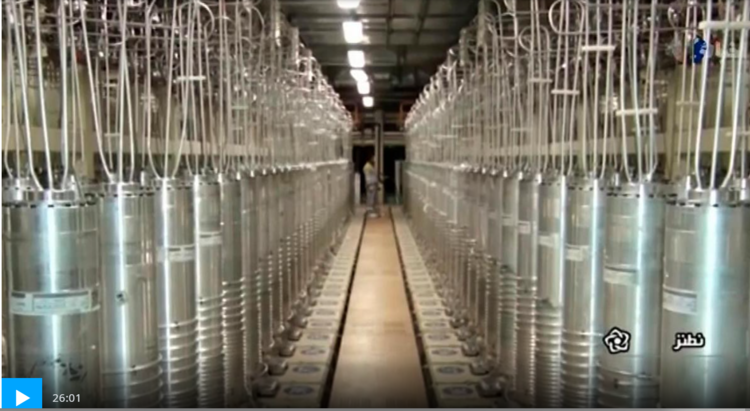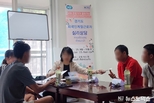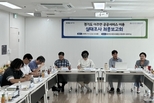Newsnomics AJAY ANGELINA reporter | Iran has begun producing enriched uranium centrifuge of 60% purity that can be reprocessed into 90% pure nuclear materials used in manufacturing nuclear weapons reported by official media on Tuesday. Iran has further raised the level of uranium enrichment by using an improved centrifuge that is banned from use under the Iran nuclear agreement (JCPOA, Joint Comprehensive Plan of Action) signed with the West in 2015. It is known to be 10 times faster than the IR-1, an early model of a centrifuge allowed in the Iranian nuclear agreement. Natanz is the only facility capable of enriching uranium in Iran and Fordow cannot enrich uranium according to the agreement.

The IAEA said that Iran plans a "significant expansion" in its production of low-enriched uranium at
Fordow and a second production building at Natanz. Fordow is some 100 kilometers (62 miles) south of the
capital of Tehran.
Enrichment to 60% purity is one short, technical step away from weapons-grade levels of 90%.
Nonproliferation experts have warned in recent months that Iran now has enough 60%-enriched uranium to
reprocess into fuel for at least one nuclear bomb.
Iran’s Atomic Energy Agency (AEOI) said in a letter to the IAEA that it was “part of a firm response to the
adoption of IAEA board resolution has been passed by directors demanding an investigation of nuclear
materials at three undeclared sites in Iran.
Iranian Foreign Ministry spokesman Nasser Khanani criticized at a press conference on the 21 saying, “The
IAEA’s resolution was led by the United States and three European countries (United Kingdom, France, and
Germany) and has political intentions.”
Later Tuesday, three Western European countries Germany, France and Britain -- the that remain in the Iran
nuclear deal -- condemned Iran's latest action to further expand its nuclear program.
"Iran's step is a challenge to the global non-proliferation system," a joint statement from the three said. "This
step, which carries significant proliferation-related risks, has no credible civilian justification."
"We will continue to consult, alongside international partners, on how best to address Iran's continued nuclear escalation," the statement added.
Analysts say that the political intention was to divert attention from the anti- government protests over the mysterious death of Mahsa Amini on September 22 while not wearing the hijab and protesting against western
countries calling for an investigation into undeclared nuclear materials in their country.










